Introduction
It was awful. The most painful experience of my life and longest period of illness I've been through in my adult life. And my recovery has been everything I've ever trained for.
Navigating health challenges can be a daunting experience, especially when faced with unexpected illnesses. As a movement coach, I've always emphasized the importance of training and maintaining a healthy lifestyle. However, I recently encountered one of the most painful and prolonged periods of illness in my adult life—Ramsey Hunt Syndrome. This experience tested everything I've ever trained for, and I want to share my journey to inspire others facing similar challenges.
Table of Contents
- The Onset of Illness
- Misdiagnosis and Pain Management
- The Diagnosis: Ramsey Hunt Syndrome
- Mindset and Approach to Recovery
- Key Strategies for Healing
- Circadian Rhythm
- Nutrition
- Deep Rest & Nervous System Regulation
- Breathwork
- Walking
- Mental Rest
- Movement & Nervous System Resets
- Eye Drills
- Setting Boundaries
- Progress and Milestones
- Reflections and Insights
- Conclusion
Misdiagnosis and Pain Management
Despite the pain, I remained hopeful and relied on my resilience. It took seven days of enduring extreme pain, a combination of strength, stubbornness, and a fear of navigating American health insurance, before seeking hospital treatment.
The Diagnosis: Ramsey Hunt Syndrome
At the hospital, I was diagnosed with Ramsey Hunt Syndrome—shingles in the ear—coupled with Bell's Palsy, which paralyzed half my face. The pain and dysfunction were immense, but I approached the situation with curiosity and determination.
Mindset and Approach to Recovery
Throughout, I had one focus everyday - what can I do to move things forward:
- Shingles: "That's wild!"
- Face paralysis: "This is fascinating!"
- Bronchitis: "Interesting, okay, a side quest."
I viewed each challenge as an opportunity to apply everything I’d ever trained for, focusing on a different kind of training—one centered on recovery and healing.
Key Strategies for Healing
Recovery from a severe illness requires a multifaceted approach that addresses both the physical and mental aspects of health. Here are the key strategies I employed, along with explanations of why they are in my Strong Resting Toolkit and how they affect our health and capacity to recover.
Circadian Rhythm
Initially, I struggled with sleep and energy. Fatigue was overwhelming. I initially didnt sleep due to the pain. Once I had the correct medication I was sleeping for 9-10 hours /night, a 20 minute nap mid morning and for 2-3 hours every afternoon. I didnt fight it or feel bad about it in anyway. My body was doing what my body needed.
Our circadian rhythm, the natural 24-hour cycle that regulates sleep-wake patterns, plays a critical role in maintaining overall health. Disruptions to this rhythm can lead to fatigue, mood disturbances, and impaired immune function.
What I Did:
- Wake up, get up, go outside.
By day 3, regardless of how much sleep I had gotten, I made a conscious commitment to get out of bed, get dressed, and spend time outside in the morning. I stood outside in the garden. The change in my energy for the rest of the day was distinctly better. This simple routine helped reset my circadian rhythm. I didnt 'NEED' to get up for any reason. My only job was to recover. I could have stayed in bed and scrolled on my phone but I knew that was disrupting my health
Why It Matters:
- Exposure to natural light in the morning helps regulate the production of melatonin, a hormone that controls sleep. This boosts energy levels and improves mood, which are essential for recovery. Consistent sleep patterns also enhance the body's immune response, aiding in the fight against infections.
Nutrition
Despite losing my sense of taste and smell, I reintroduced bone broth, protein, and fruit to rebuild energy and healing capacity. Proper nutrition is the cornerstone of health and recovery.
What I Did:
- Focused on nutrient-dense foods that are easy to digest and rich in vitamins and minerals, such as bone broth and fruits. Food is medicine and it isn't always about having a 'nice meal' or even eating only when you're hungry. It's about a constant supply of essential building blocks and energy for your brain and body.
Why It Matters:
- Nutrients are the building blocks of the body’s repair processes. Proteins provide the amino acids necessary for tissue repair, while vitamins and minerals support immune function. Eating nutrient-rich foods helps replenish energy stores and provides the materials needed for healing.
Deep Rest & Nervous System Regulation
Understanding that my body was fighting a virus, I prioritised rest and nervous system regulation. Deep rest is not merely about sleeping but about creating a state where the body can focus and give all its energy on healing.
What I Did:
- Engaged in practices that promoted deep relaxation and rest, recognizing the intense internal battle my immune system was fighting. While I didnt look active on the outside, my immune system was busy on the inside.
Why It Matters:
- The nervous system controls the body’s stress response. By activating the parasympathetic nervous system (rest and digest mode), the body can allocate more resources to the immune system, reduce inflammation, and enhance the healing process.
Breathwork
My breath became shallow and rapid, a common response to stress and illness. As a Breathwork coach I used all the techniques I knew to help restore proper breathing patterns, which are crucial for oxygenating the body and reducing stress.
What I Did:
- Retrained my breath using slow, deep breathing exercises, and nasal breathing, which helped improve my BOLT (Body Oxygen Level Test) score. I did a LOT of humming, walking nasal breathing and small breath holds.
Why It Matters:
- Proper breathing enhances oxygen delivery to tissues, supporting cellular repair and energy production. It also activates the parasympathetic nervous system, promoting relaxation and reducing nighttime disturbances, which in turn aids recovery. It's all connected.
Walking
Starting with brief walks, I mean really brief - 5 minutes outside the door and back, it not only brought back physical movement but also an interaction with the world around me. I gradually increased the length of the walk and included inclines. Physical activity, even in small amounts, is vital for maintaining circulation and mobility.
What I Did:
- Began with short, gentle walks and slowly built up to longer sessions as my strength improved.
Why It Matters:
- Walking promotes blood circulation, which helps deliver nutrients and oxygen to cells and remove waste products. It also stimulates the lymphatic system, supporting immune function and reducing inflammation. Regular movement prevents muscle atrophy and maintains joint flexibility.
Mental Rest
My cognitive functions were affected more than I've ever experienced with any illness. My focus, ability to concentrate and think creatively were diminished. I embraced mental rest by engaging in very low-stress activities. Mental rest is just as important as physical rest in the recovery process.
What I Did:
- I needed to pass the time during the day in-between naps, eye exercises and very occasionally checking messages. I chose a 'casual viewing' series on Netflix called 'Royal Pains' and watched 8 seasons in 2.5 weeks. I couldn't read or learn or listen to my usual podcasts, that all felt far too stimulating and stressful. I needed to allow my brain to rest.
Why It Matters:
- Mental rest reduces cognitive load and stress, allowing the brain to recover. Lowering mental stress helps the body focus on healing by reducing the overall burden on the nervous system.
Movement & Nervous System Resets
I began with gentle movements like rocking and humming, techniques that can reset the nervous system and promote recovery. These practices may seem simple but are highly effective in restoring balance and function.
What I Did:
- Engaged in gentle ground work and rocking, floor movements, and humming to stimulate the vagus nerve and reset the nervous system.
Why It Matters:
- Gentle movements and humming activate the parasympathetic nervous system, reducing stress and promoting a state conducive to healing. These practices also enhance proprioception and coordination, which are vital for overall physical health.
Eye Drills & Myofunctional Therapy
Having recently trained in neuro drills for the vestibular and ocular system, I practiced these daily. These exercises support neural health and can improve overall recovery. My bets friend MaryBeth Gangemi is also an advanced Bretahwork coach AND myofunctional therapist.
What I Did:
- Performed 'smooth pursuits, eye circles, pencil push ups, and saccades eye drills to enhance the function of my vestibular and ocular systems, aiding in balance and coordination. These directly connect to the cranial nerves impacted by Bells Palsey and the Shingles Virus.
MaryBeth guided me on tongue exercises that would help bring back the strength and tension necessary in my tongue, mouth and jaw to help restore functional breathing patterns. As someone who had an elite VO2 max score struggle to then do 2 second box breathing or any diaphragmatic breathing, it was essential to have this guidance.
Why It Matters:
- Eye drills can improve neural plasticity, enhancing the brain’s ability to adapt and recover from injury. They also support the vestibular system, which is crucial for balance and spatial orientation, reducing dizziness and improving physical stability. Our tongue plays a crucial role in maintaining functional breathing patterns.
Setting Boundaries
I minimized interactions, took two months off work, and focused on written communication with core clients. Setting boundaries is essential to manage energy and stress levels effectively.
What I Did:
- Said no to non-essential activities and minimized social interactions to conserve energy and focus on recovery. Talking was difficult and hurt as my mouth and tongue were impacted. The bronchitis also made it hard to speak without inducing more coughing.
Why It Matters:
- Setting boundaries helps protect your energy and reduces external stressors, allowing your body to direct its resources toward healing. It also helps maintain mental and emotional well-being, which are critical components of recovery.
Conclusion
Each of these strategies played a crucial role in my recovery from the combination of illnesses my immune system was battling. I was able to create an environment conducive to healing consistently and done with complete self compassion. Our bodies have an incredible capacity to recover, and with the right approaches, we can support this natural process and emerge stronger.
There was no guilt for not working or thinking I had to rush things.
The levels of fatigue were a clear signal that my body was REALLY BUSY. It was an act of self compassion and kindness and also simply smart to not get in my own way and do too much too soon.
Progress and Milestones
After four weeks, my face was 80% back to normal, and after seven weeks, it appeared normal to others. Despite some residual pain, my immune system continues to clear it out. I’ve resumed Movement Snacks, pull-up and handstand training, and the Couch to 10K app, all while being mindful of my energy.
Reflections and Insights
This experience reinforced my belief in a holistic approach to health. My strong pre-illness health facilitated my recovery. I embraced a parkour mindset, meeting obstacles with habits, a health-first approach, and Olympic-level Strong Resting. The body heals best in a 'rest & digest' state, and my focus remains on net positive activities.
Conclusion
Shingles is serious, and so am I. My health was strong before, which gave me the resilience to bounce back. Challenges happen, but they are opportunities to test and apply everything we’ve learned. I’ve seen friends and clients overcome significant injuries and illnesses, emerging stronger and happier. I became my own best client, proud of my training and practice, driven by self-compassion and a positive mindset.
I share this journey to highlight our incredible capacity to heal. With support, guidance, a focused mindset, and saying NO to hindrances, we can achieve remarkable recovery. Even seemingly "soft" approaches can make a significant difference. Practices like breathwork and eye drills and small actions of committing to getting out of bed, getting morning daylight, choosing to eat foods that were nutrient dense even though I could have said 'yes but you can have some treats' and stay in the 'eat only sweet things' mode and justified it, ALL made a difference.
Never doubt your capacity to heal.
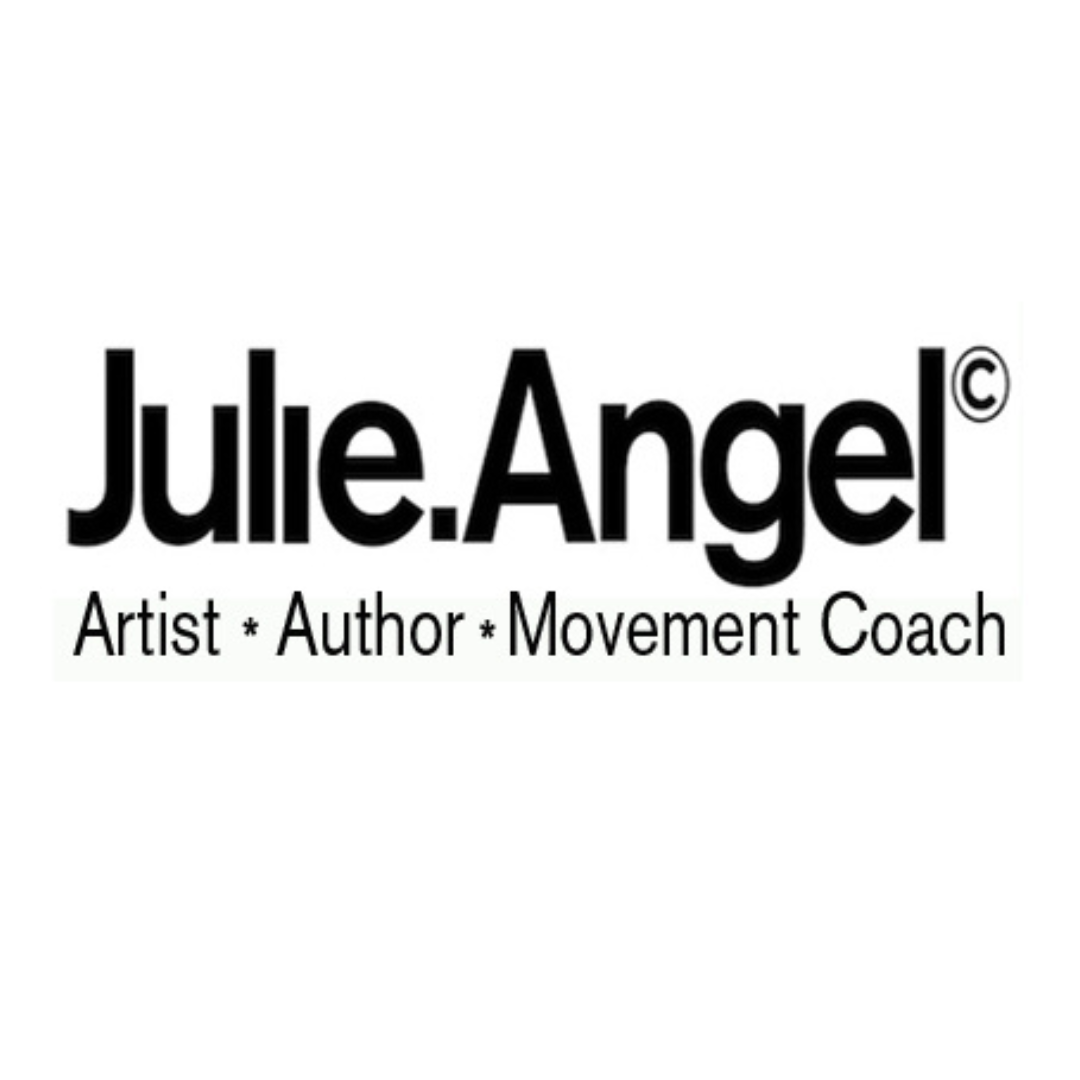
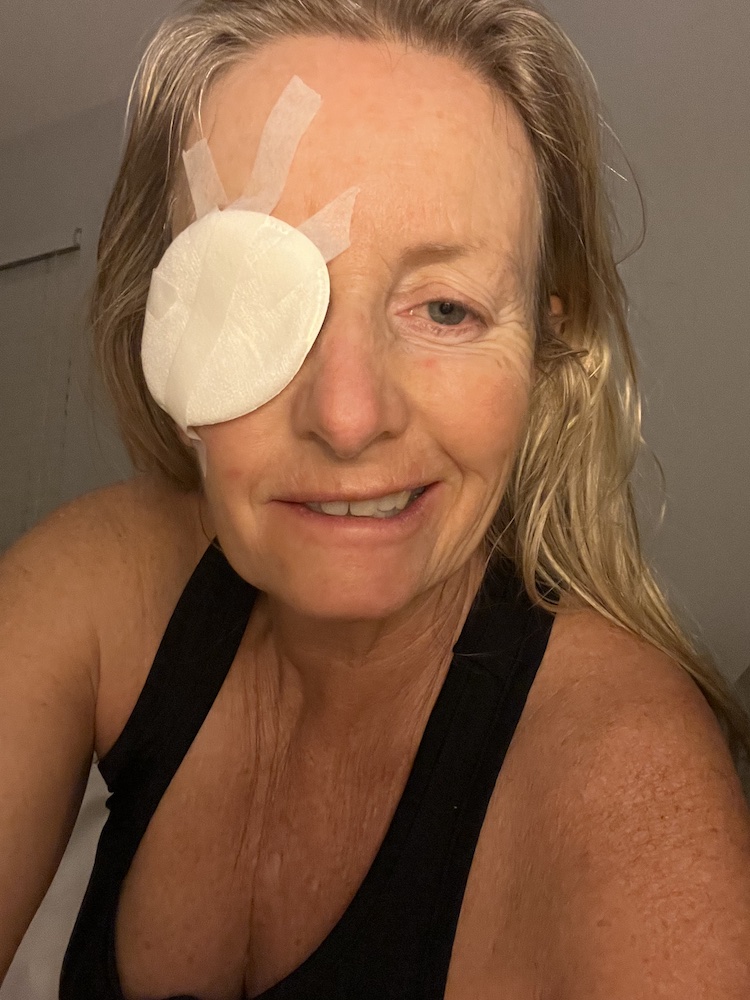
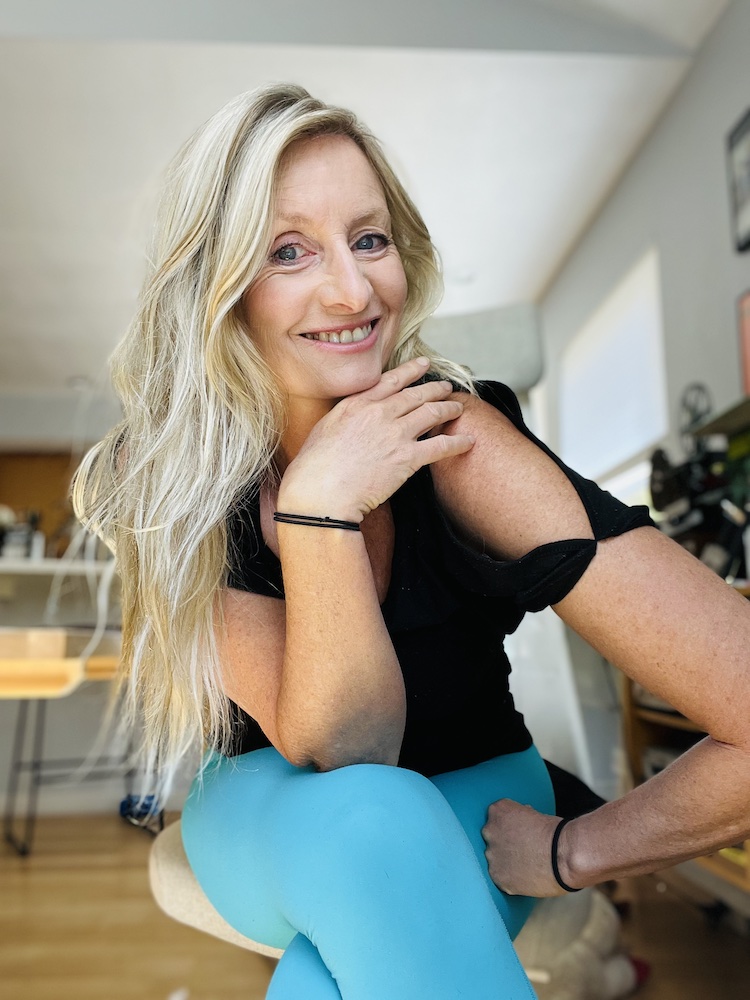
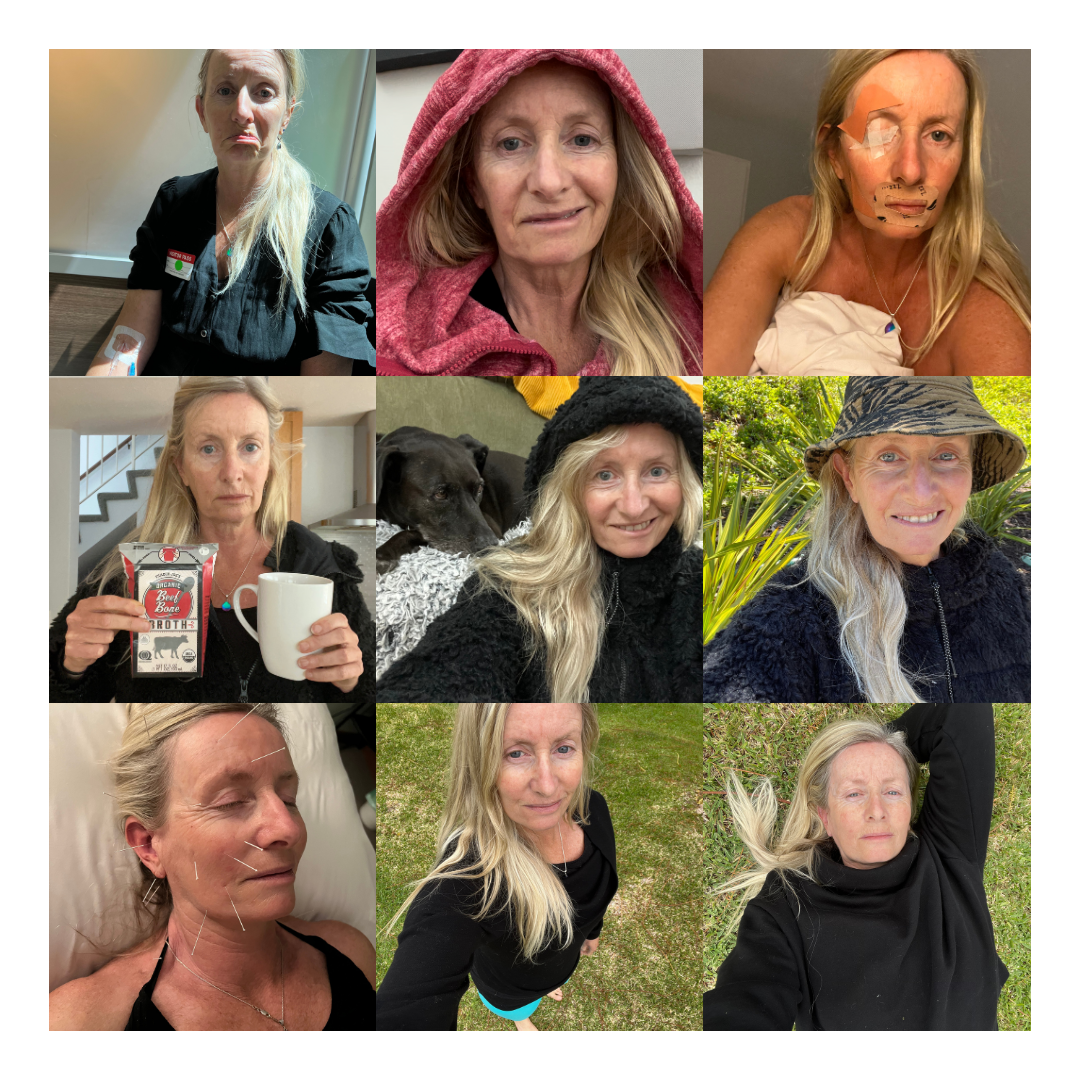

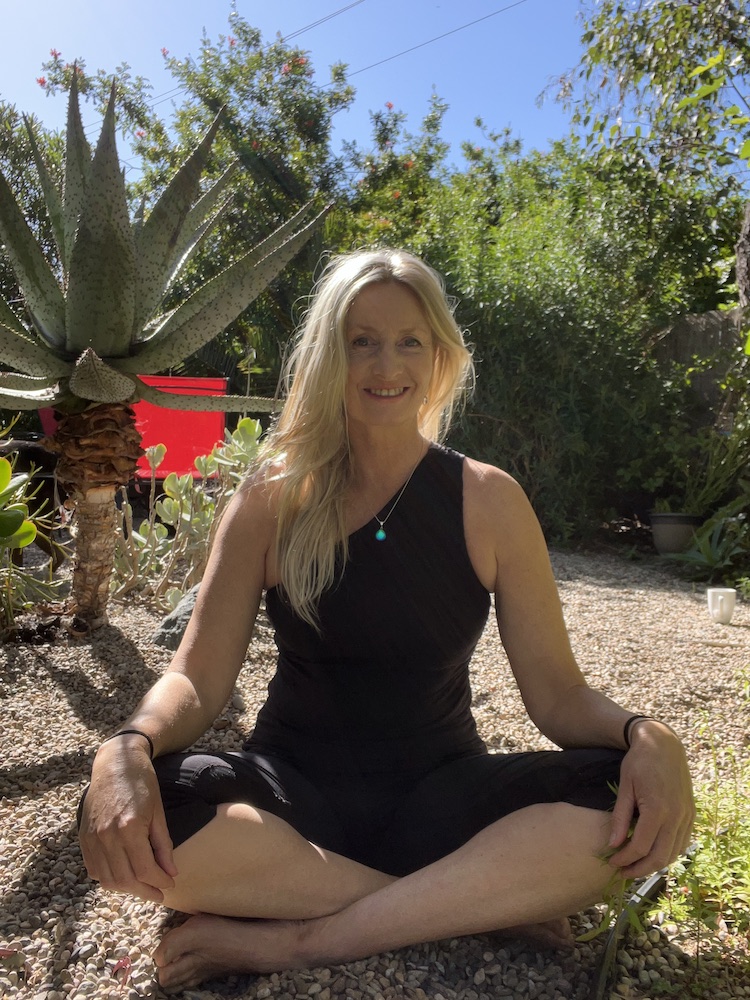
Thank you for reading, I appreciate your time.